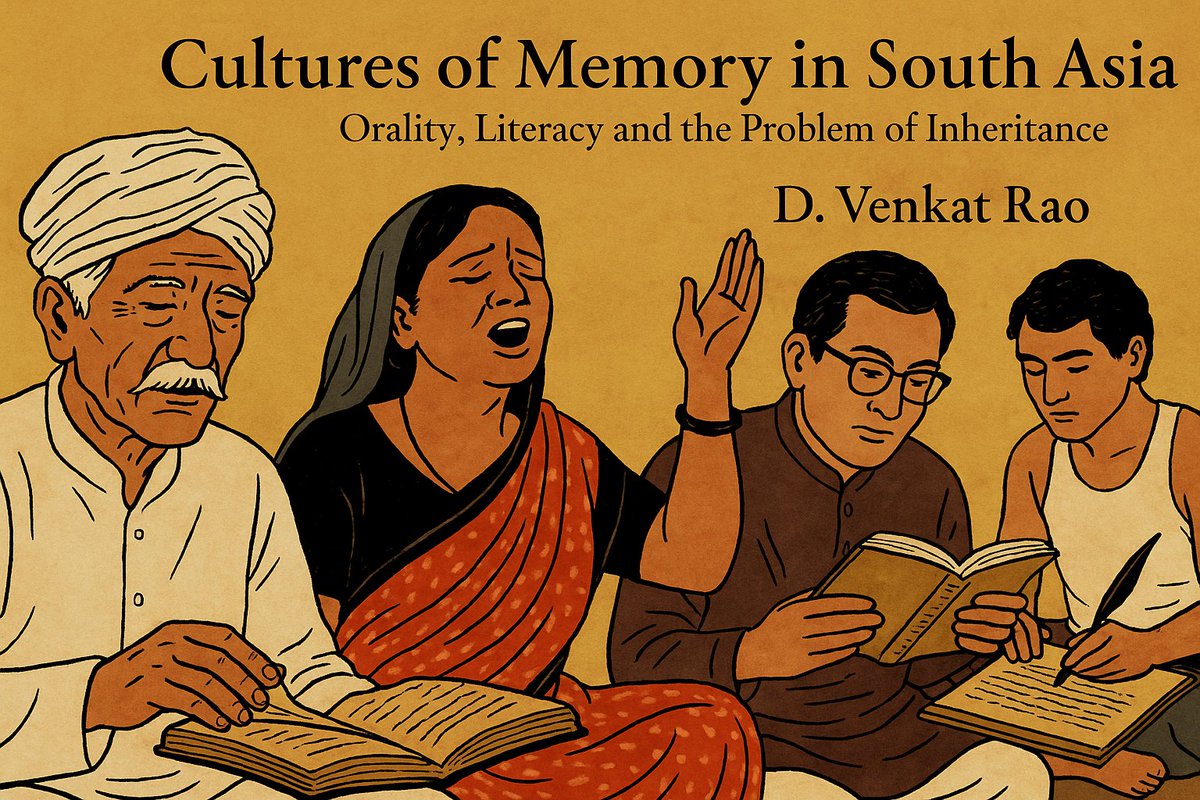Apart from Swami Vivekananda's words, it was Sri Aurobindo's writings/words that helped Bose work out a reconciliation between Spirit and Matter, between the spiritual quest and the quest for freedom.
Excerpt from: Mukherjee, Rudrangshu. “Nehru and Bose: Parallel Lives”
Excerpt from: Mukherjee, Rudrangshu. “Nehru and Bose: Parallel Lives”

When Nehru was growing up, he had the luxury of a tennis court and a swimming pool that his father had bought and refashioned. Nehru was educated at home: first by two English governesses and then by F.T. Brooks, a young Irish-French theosophist, recommended by Annie Besant.
All the efforts of a renowned Sanskrit scholar Ganganatha Jha went in vain to teach Jawaharlal the classical Indian language. Instead, he imbibed a love for reading and English literature.
Excerpt From: Mukherjee, Rudrangshu. “Nehru and Bose: Parallel Lives”.
Excerpt From: Mukherjee, Rudrangshu. “Nehru and Bose: Parallel Lives”.

Nehru, along with other young members of Congress, wanted to pass a resolution for Independence in an annual session of Congress in 1928. Gandhi did not approve of the independence resolution and wrote to Nehru. 

After Gandhi threatened to publish their correspondence in Young India, Nehru decided to withdraw the Independence resolution.
He admitted his debt to Gandhi, and asked him: ‘[E]ven in the wider sphere am I not your child in politics, though perhaps a truant and errant child?’
He admitted his debt to Gandhi, and asked him: ‘[E]ven in the wider sphere am I not your child in politics, though perhaps a truant and errant child?’
While Bose addressed her companion Emilie Schenkl as 'Baghini (tigress)', Nehru's feelings for Kamala were best expressed in the last lines of poetry (a poem by Edgar Allan Poe, called ‘To One in Paradise') that he gave to her only months ahead of her passing away. 

For a man who held so much in store by public interest, the most painful thing that Subhas had to consider was separation from Emilie. While returning to India, he gave her a love letter which he wanted her to destroy after reading; fortunately, she didn’t. He wrote; 

• • •
Missing some Tweet in this thread? You can try to
force a refresh









